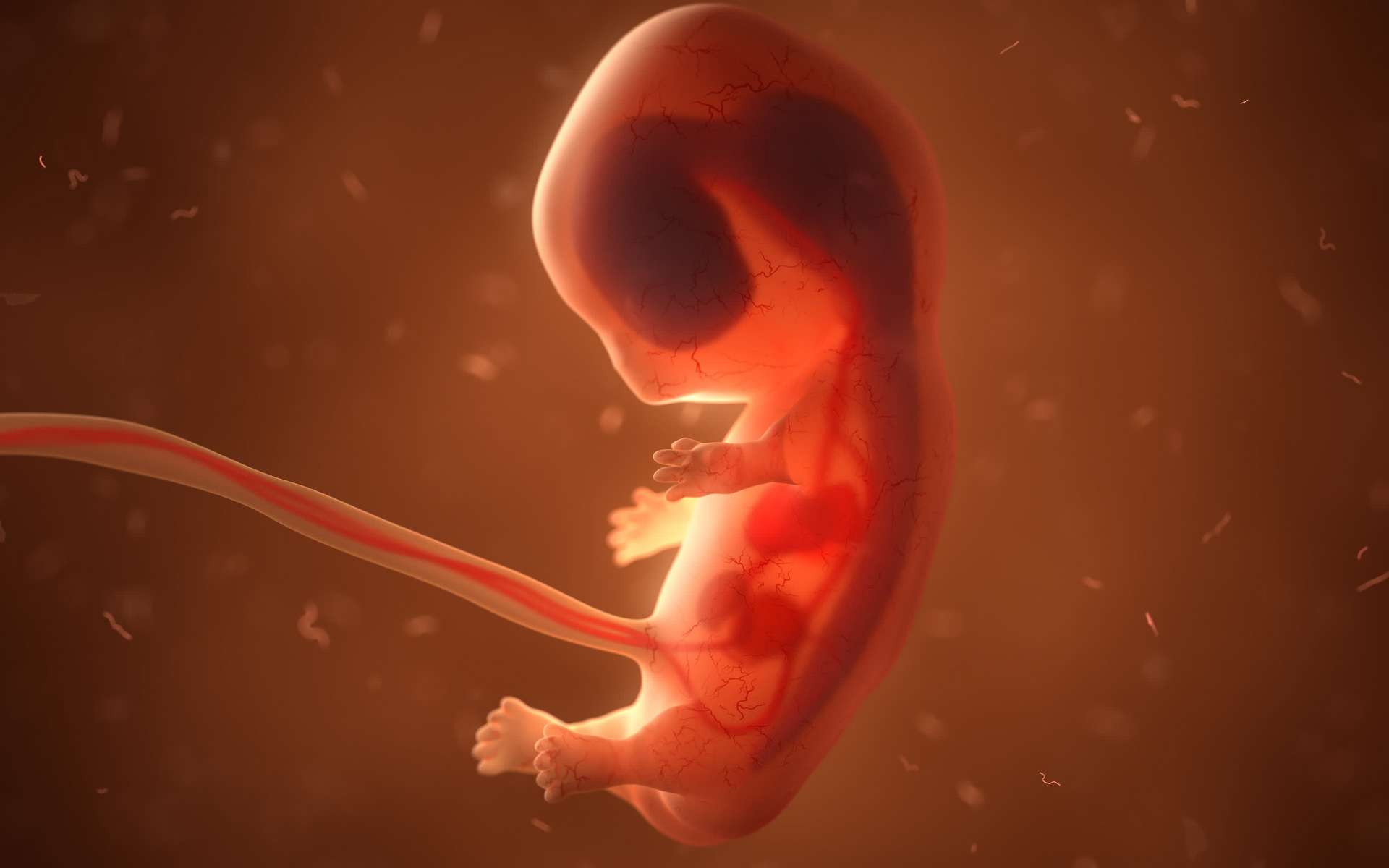Undoubtedly, physical activity might help with health as we age. It protects against a wide array of diseases. It is yet unclear what biological processes underlie the connection between exercise, fitness, and aging.
According to a new study, exercise may be the most potent anti-aging intervention known to science. The study by researchers at Joslin Diabetes Center identified an essential mediator of exercise responsiveness and an entry point for interventions to maintain muscle function during aging.
This mediator is the cycle of fragmentation and repair of the mitochondriathe specialized structures or organelles inside every cell responsible for producing energy. Mitochondrial dynamics — the cycle of repairing dysfunctional mitochondria and restoring the connectivity among the energy-producing organelles — are crucial to health. Their disruption has been linked to the onset and progression of chronic, age-related diseases like type 2 diabetes and heart disease.
Co-corresponding author T. Keith Blackwell, MD, Ph.D., a senior investigator and section head of Islet Cell and Regenerative Biology at Joslin, said,“As we perceive that our muscles undergo a pattern of fatigue and restoration after an exercise session, they are undergoing this mitochondrial dynamic cycle. In this process, muscles manage the aftermath of the metabolic demand of exercise and restore their functional capability.”
The researchers analyzed one cellular mechanism’s function in improving physical fitness through exercise training and discovered one anti-aging intervention that slowed down the model organism’s aging-related declines. The researchers’ findings pave the way for fresh approaches to preserving muscular function as we age.
They investigated the role of mitochondrial dynamics during exercise in the model organism C. elegans. For this, they recorded wild-type C. elegans worms as they swam or crawled.
Over the animals’ 15 days of adulthood, they noticed a usual drop in physical fitness that comes with aging. Additionally, the aging animals’ mitochondria were found to be increasingly fragmented and disorganized, according to the researchers. For instance, they saw that a single round of activity induced fatigue in young worms after one hour on the first day of adulthood. The animals’ muscle cells experienced an increase in mitochondrial fragmentation after the 60-minute session, but after 24 hours, both performance and mitochondrial function were fully recovered.
The animals’ performance did not return to normal within 24 hours in older (day five and day 10) worms. Like younger animals, the older animals’ mitochondria underwent a cycle of fragmentation and repair, although the network reorganization that occurred was reduced compared to that of the younger animals.
First author Juliane Cruz Campos, a postdoctoral fellow at Joslin Diabetes Center, said,“We determined that a single exercise session induces a cycle of fatigue and physical fitness recovery that is paralleled by a cycle of the mitochondrial network rebuilding. Aging dampened the extent to which this occurred and induced a parallel decline in physical fitness. That suggested that mitochondrial dynamics might be important for maintaining physical fitness and possibly for physical fitness to be enhanced by a bout of exercise.”
In a second series of experiments, the researchers allowed wild-type worms to swim for an hour every day for ten straight days, starting at the onset of adulthood. They found that, like human studies, the long-term training regimen dramatically increased the animals’ middle-aged fitness by day ten and reduced the impairment of mitochondrial dynamics generally associated with aging.
The researchers also investigated the ability of well-known therapies to lengthen lifespan to enhance exercise capacity during aging. Worms with higher levels of AMPK, a critical energy-regulating protein that also promotes modification of mitochondrial architecture and metabolism, showed more excellent physical fitness.
They also demonstrated maintenance of, but not an enhancement of, exercise performance during aging. Worms engineered to lack AMPK exhibited reduced physical fitness during aging and impairment of the recovery cycle. They also did not receive the age-delaying benefits of exercise throughout their lifespan.
Blackwell, a genetics professor at Harvard Medical School, said,“An important goal of the aging field is to identify interventions that not only extend lifespan but also enhance health and quality of life. In aging humans, a decline in muscle function and exercise tolerance is a major concern that leads to substantial morbidity. Our data point towards potentially fruitful intervention points for forestalling this decline — most likely along with other aspects of aging. It will be of great interest to determine how mitochondrial network plasticity influences physical fitness and longevity and aging-associated diseases in humans.”
“Maintenance of proper mitochondrial dynamics is essential for physical fitness, its enhancement by exercise training, and exercise-induced remodeling of the proteome.”
“Our results indicate that mitochondrial connectivity and the mitochondrial dynamics cycle are essential for maintaining physical fitness and exercise responsiveness during aging and suggest that AMPK activation may recapitulate some exercise benefits. Targeting mechanisms to optimize mitochondrial fission and fusion, as well as AMPK activation, may represent promising strategies for promoting muscle function during aging.”
Journal Reference:
- Juliane Cruz Campos, Luiz Henrique Marchesi Bozi et al. Exercise preserves physical fitness during aging through AMPK and mitochondrial dynamics. Proceedings of the National Academy of Sciences. DOI: 10.1073/pnas.220475012
Note: This article have been indexed to our site. We do not claim legitimacy, ownership or copyright of any of the content above. To see the article at original source Click Here








